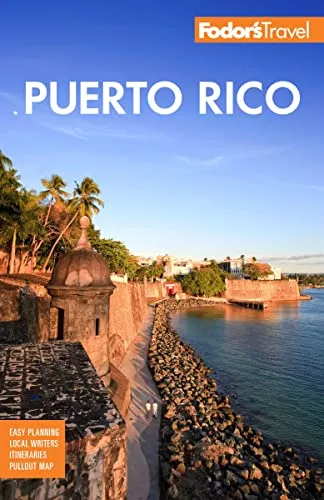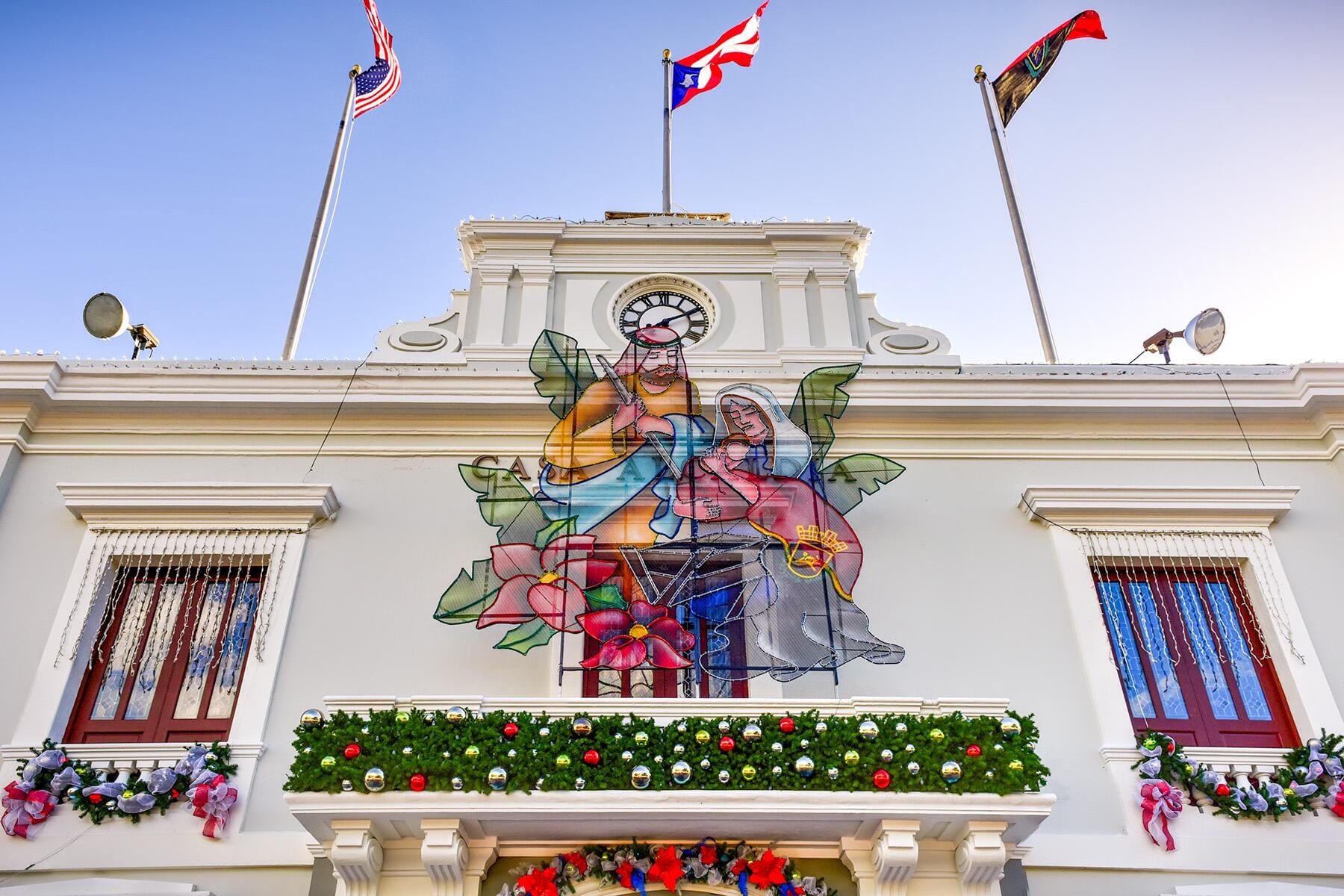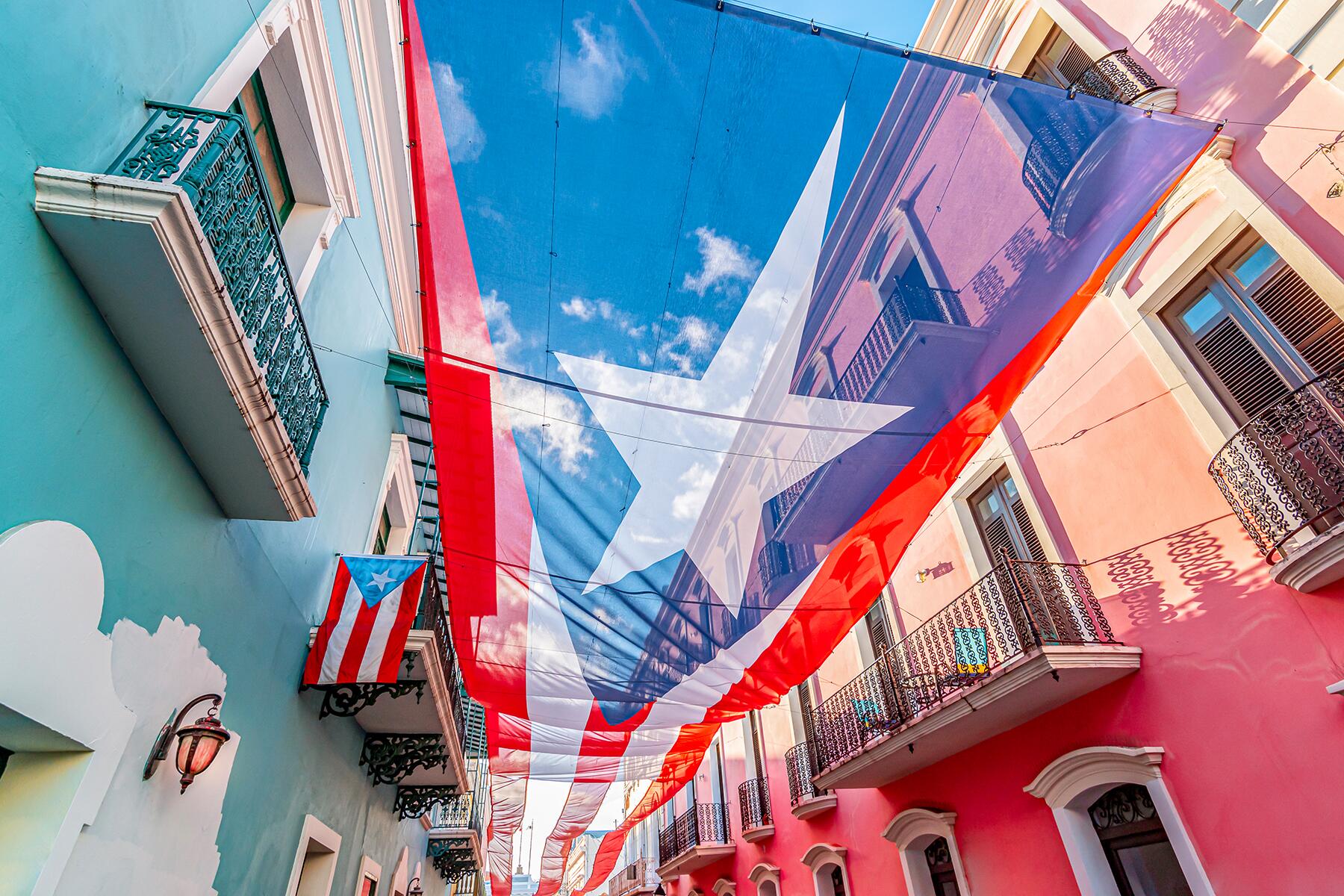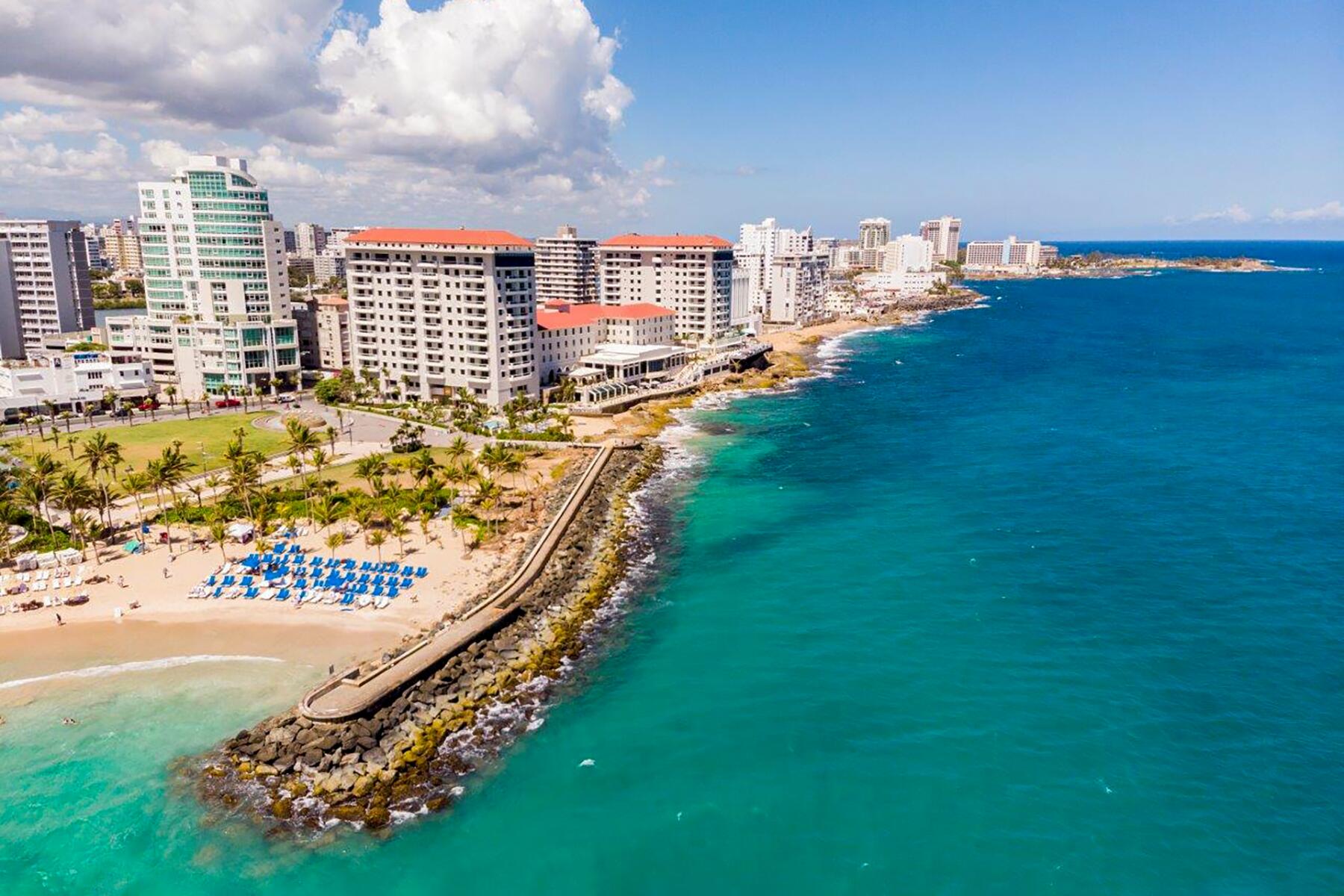The North Coast and the Cordillera Central
The North Coast and the Cordillera Central
There's more to Puerto Rico than beautiful beaches, as anyone who lives on the island will tell you. Locals escape the heat by heading to the Cordillera Central, an incredibly lush mountain range that runs most of the length of the island. Towering trees lean over the narrow roadways that crisscross the region. In the shade below, impatiens in shades of pink and purple bloom in profusion.
Agriculture is very important to the economy of the Cordillera Central. Bananas, pineapples, and plantains are grown throughout the region. Coffee was once a dominant crop along the hillsides near Utuado, and it has enjoyed a resurgence of late. You can now visit coffee plantations and a coffee museum; time your visit right, and you might even catch one of the island's many coffee festivals. A f...
Read MoreThere's more to Puerto Rico than beautiful beaches, as anyone who lives on the island will tell you. Locals escape the heat by heading to the Cordillera Central, an incredibly lush mountain range that runs most of the length of the island. Towering trees lean over the narrow roadways that crisscross the region. In the shade below, impatiens in shades of pink and purple bloom in profusion.
Agriculture is very important to the economy of the Cordillera Central. Bananas, pineapples, and plantains are grown throughout the region. Coffee was once a dominant crop along the hillsides near Utuado, and it has enjoyed a resurgence of late. You can now visit coffee plantations and a coffee museum; time your visit right, and you might even catch one of the island's many coffee festivals. A few of the old plantation homes have become quaint country inns, all of them stocked with plenty of blankets for cool evenings, when temperatures—especially in higher elevations—can drop into the 40s.
In the east you'll find a number of attractive colonial towns, such as Aibonito. Farther west is karst country—terrain built up by limestone deposits in which erosion has produced fissures, sinkholes, and underground streams and rivers. The peaks above are often astounding, and visitors love the kinds of photo ops provided by aboveground caves like the popular Cueva Ventana. Along the Cordillera Central, the road threads in and out of the Bosque Estatal de Toro Negro, where the island's highest peak, Cerro de Punta, rises 4,398 feet above sea level. It may not measure up to many around the world, but on this island it seems as tall as Mt. Everest.
All too often, visitors to the Cordillera Central zoom right past the northern coast's many appealing attractions. In Dorado, there's the natural rock formation Ojo del Buey (Bull's Eye) right on the beach; it's believed to have held significance for the people who lived on the island before the arrival of Columbus, as quite a few artifacts have been found there. Many of them are displayed in the town's Museo de Arte e Historia (Museum of Art and History). West of Dorado, you'll find the Reserva Natural Laguna Tortuguero, a natural recreation area with diverse habitat and an array of birds and other wildlife. Just south of the reserve is the Hacienda Don Carmelo, home of the School of Equestrian Art. Its gardens and grounds make for a pleasant stroll; one highlight is a 130-year-old tree that is the setting for a magical tree house with cathedral-esque windows and a series of porches.
Unfortunately, two of the region's biggest attractions are not accessible, at least for the time being. The world's largest radio telescope at Arecibo has fallen into disrepair and faces an uncertain future. Also uncertain is when the Parque de las Cavernas del Río Camuy—the world's third-largest underground cave system—will reopen (it sustained damage from Hurricane María). Do check on its status, though. If it is open, you won't want to miss it.







